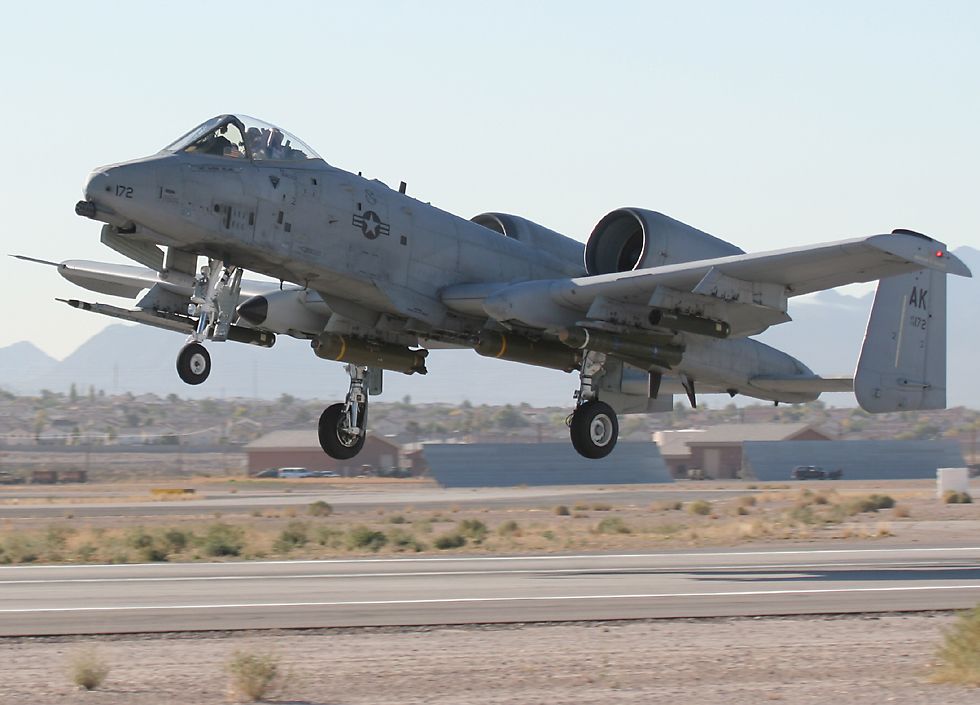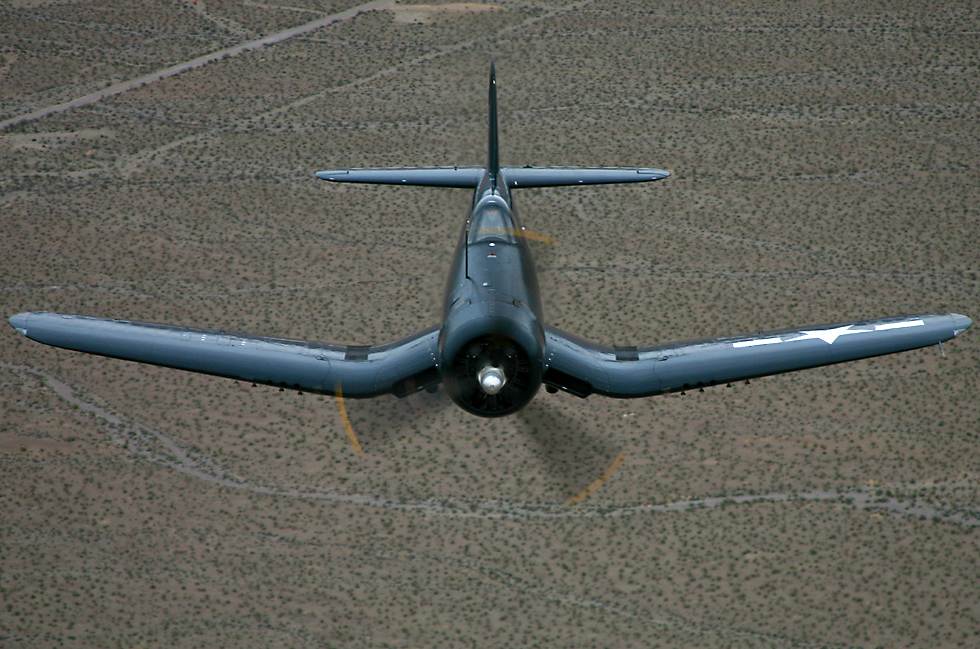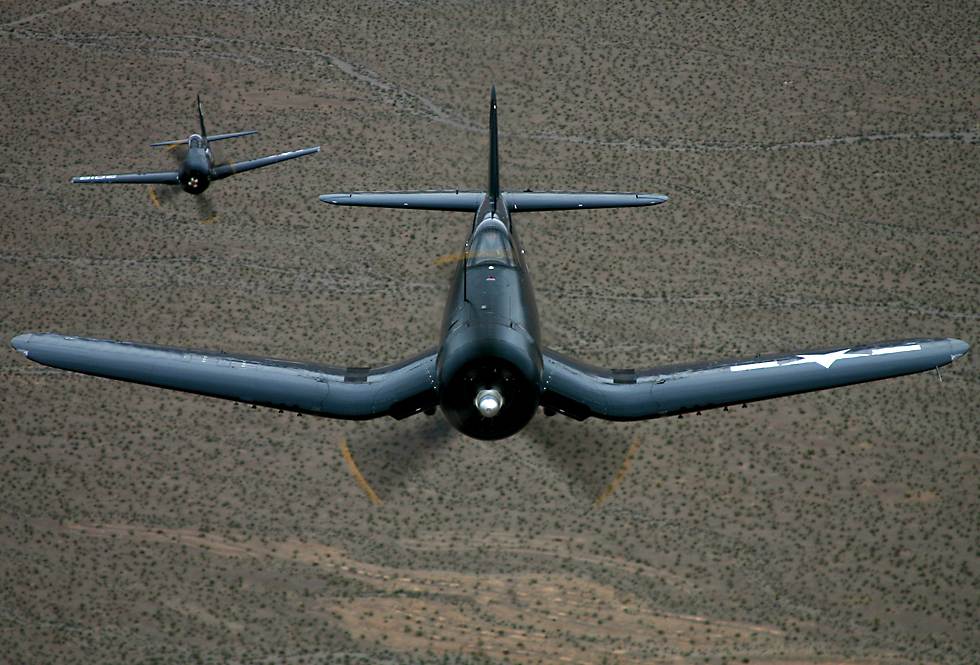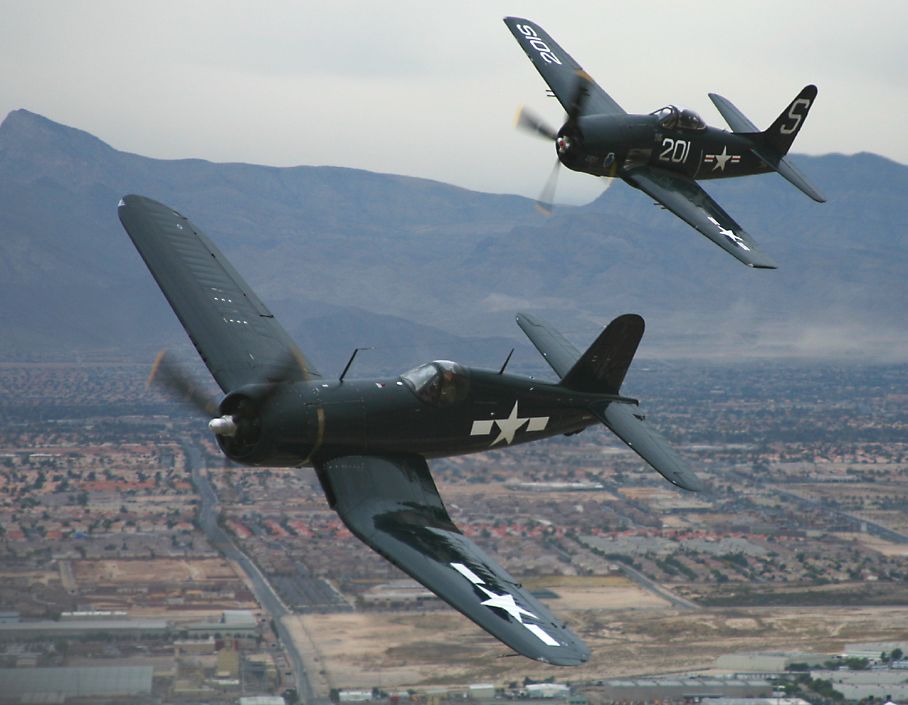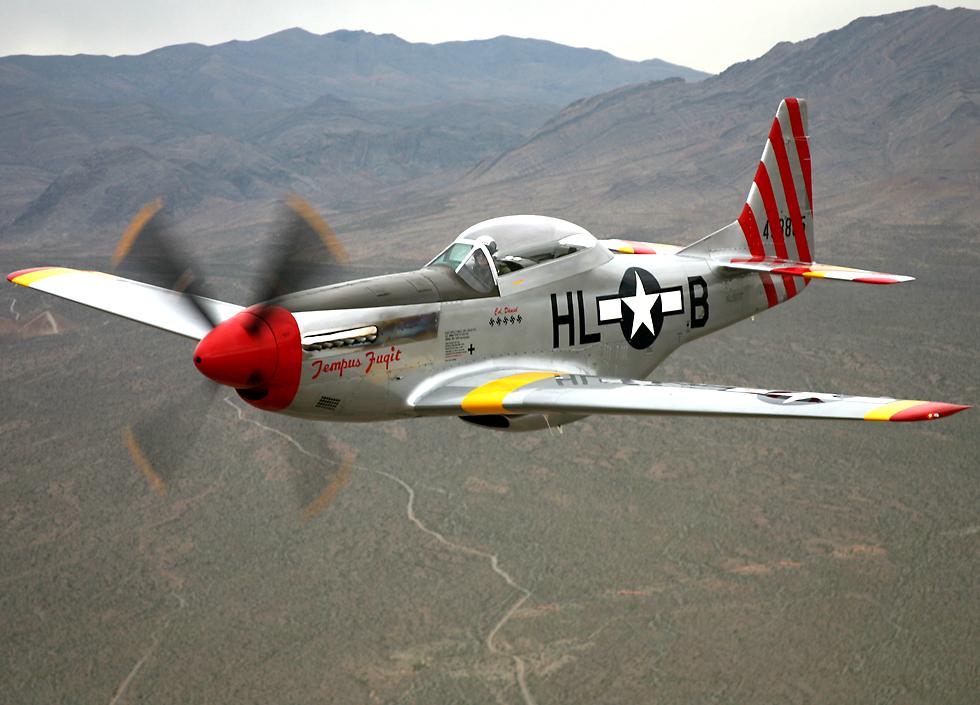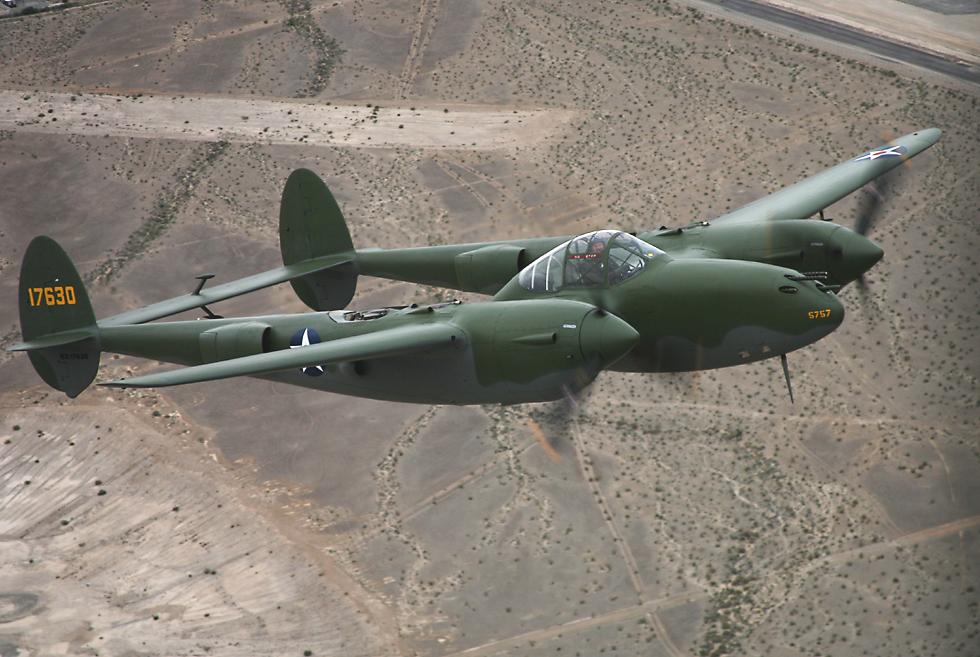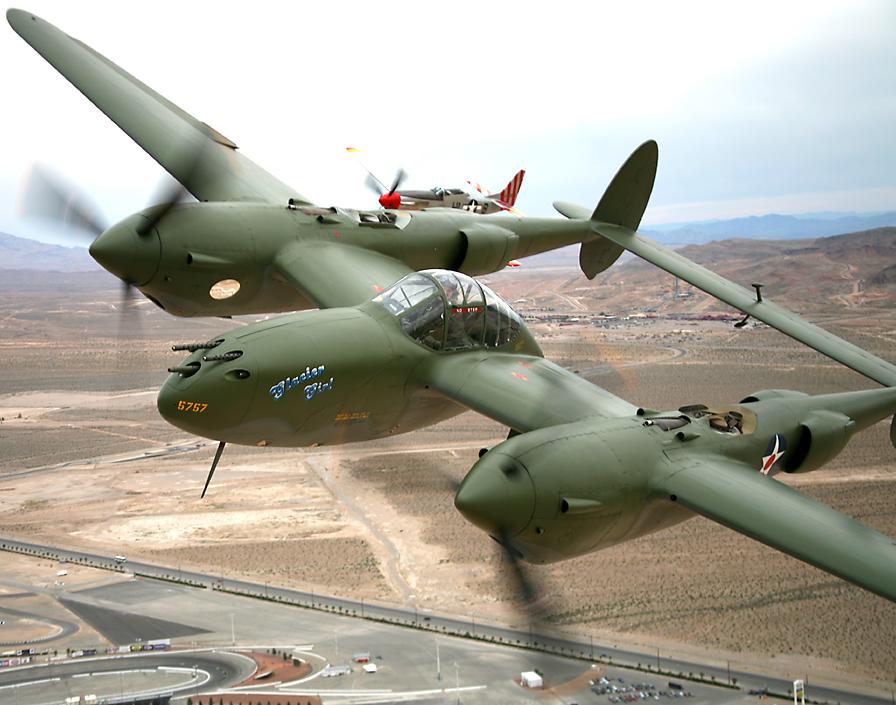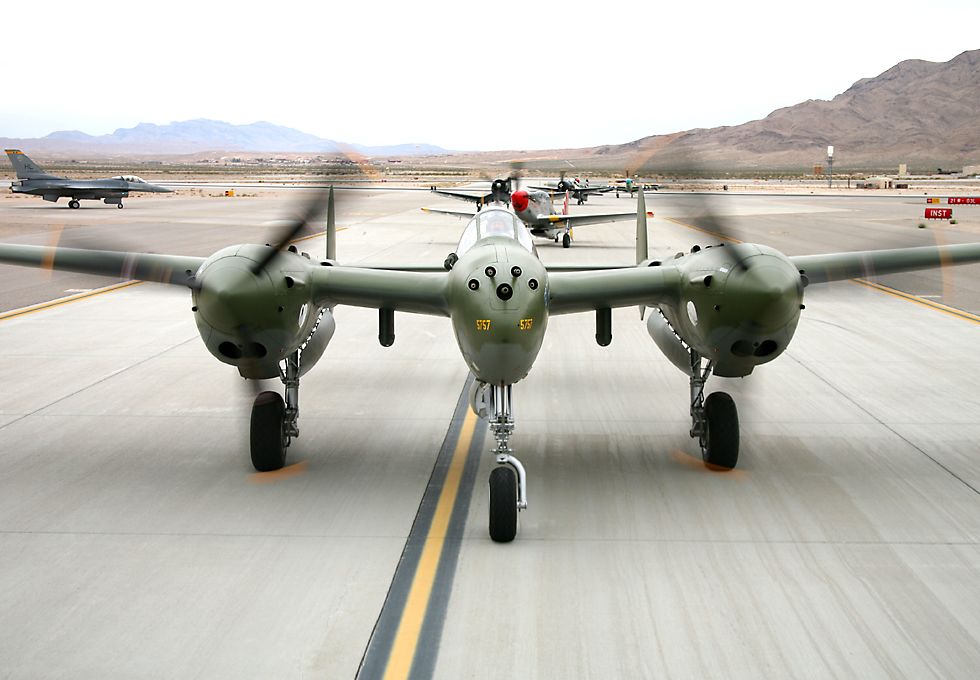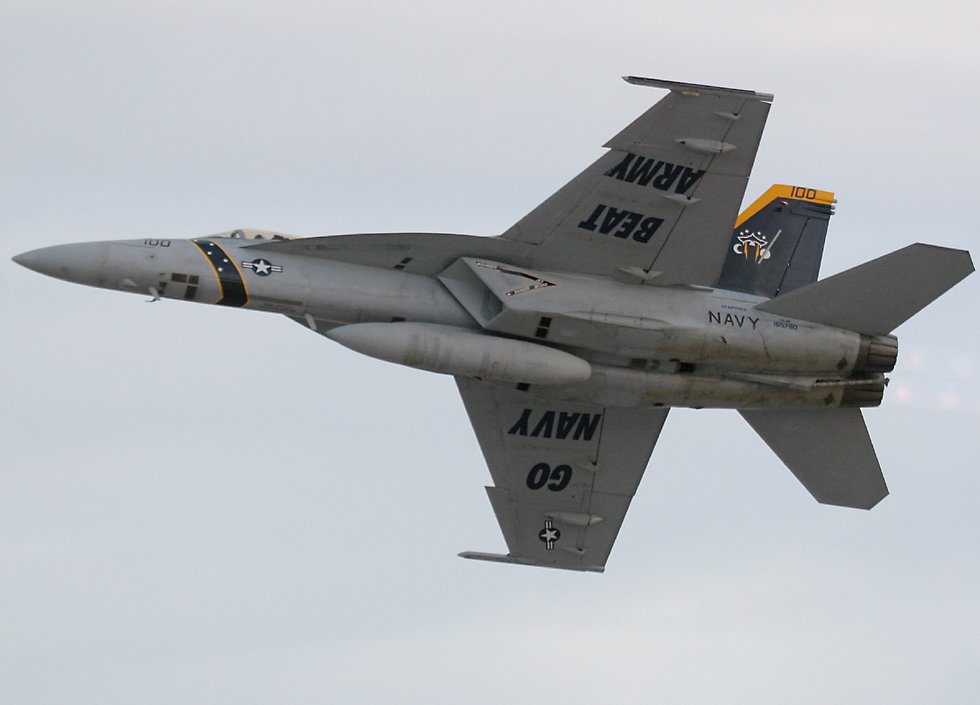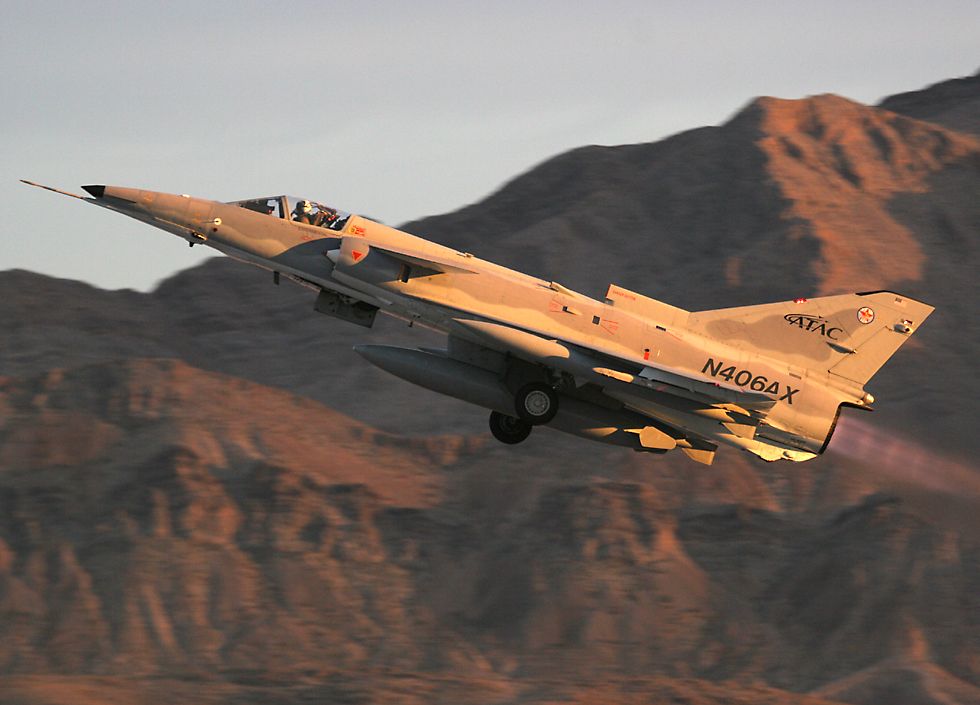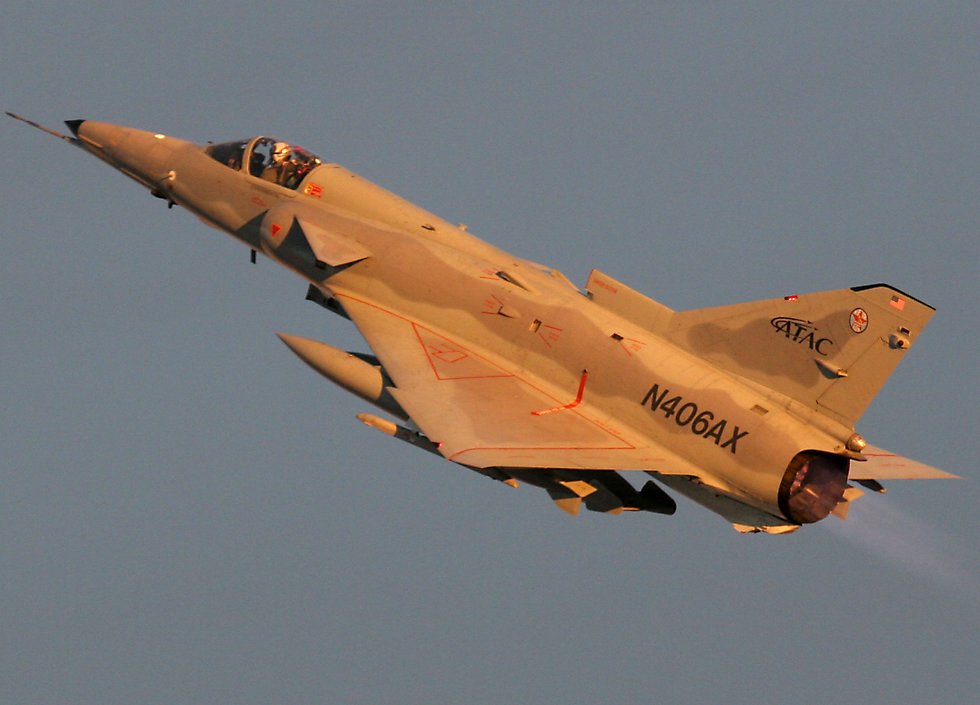Nellis 2006 Airshow Extras
|
The 2006 Nellis air force base "Aviation Nation" airshow lived up to the standard of its predecessors, but for me some of the airshow "extras" lifted it even higher. The first of these was the participation of various aircraft in a Green Flag exercise which extended into the media day on the Friday immediately before the show itself. This A-10 Thunderbolt II, better known as the "warthog", was one of a squadron which took off to the bombing ranges out in the Nevada desert. |
 |
|
The "AK" tail code indicates that these A-10s are based up in Alaska, so it's quite a change in climate for them to come south and do their thing in the heat of the Nevada desert. |
 |
|
It's very special to see a whole group of the air force's most recently acquired fighters going out on exercise together. Raptors haven't been included in Red Flag up to now because it's hard to know how to integrate them. If they're as effective as claimed then they'll be able to clear all hostile aircraft out of the sky in very short order, which doesn't help those aircrew much with their training. There's little question that the Raptor has taken over the mantle of the Eagle as the world's premier air-to-air fighter, but it's an open question whether it will ever capture the public's imagination in the way that the Spitfire, the Mustang, the Starfighter or the Phantom did. The Raptor's shape certainly owes more to function than to aesthetics, and its lethality is mostly hidden, too, since its missiles and other ordnance will usually be kept in internal bays in order to preserve the plane's stealthy characteristics (the 2005 Edwards AFB airshow was one of the few times the public has seen a Raptor with open weapons bays). |
 |

Friday's Green Flag session also had foreign participants in the form of a squadron of Belgian air force F-16 Fighting Falcons. Here's one of them taking off with a Las Vegas icon, the Stratosphere Tower, in the background. Las Vegas is of course a considerable temptation for both the American and foreign aircrews, so apparently special emphasis is given to safety considerations on Mondays! Both Red Flag and Green Flag are designed to be about as realistic as training gets, which means that accidents are inevitable. |
|
The hope is that this level of realism will make pilots more likely to survive when they do end up in aerial combat, or in a high-threat missile situation. |
 |
|
Don't laugh, though - if one of those little bombs hit you directly on the head it would probably ruin your entire afternoon! |
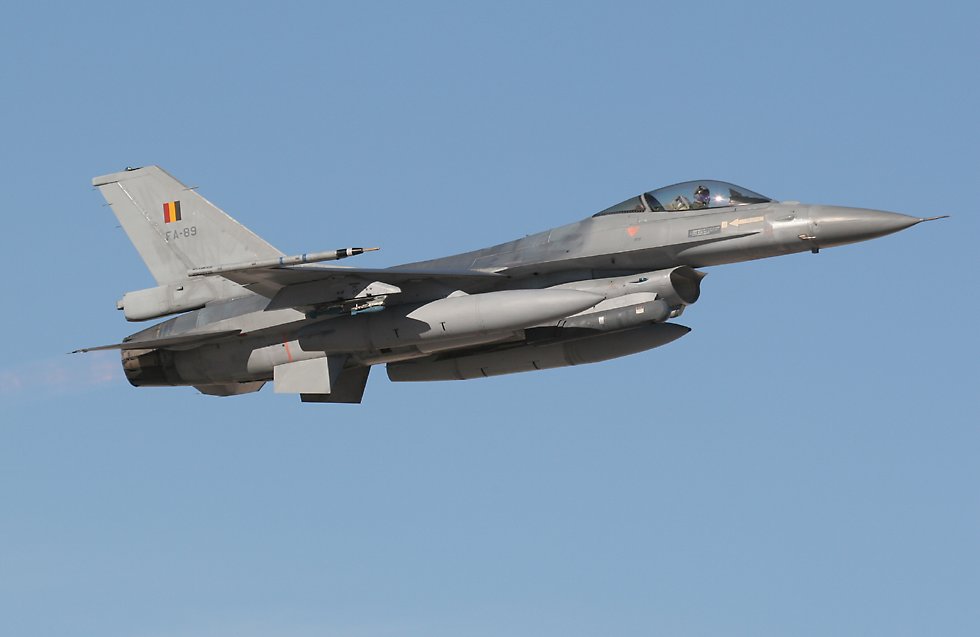 |
|
Here's a gratuitous afterburner shot for your viewing pleasure. |
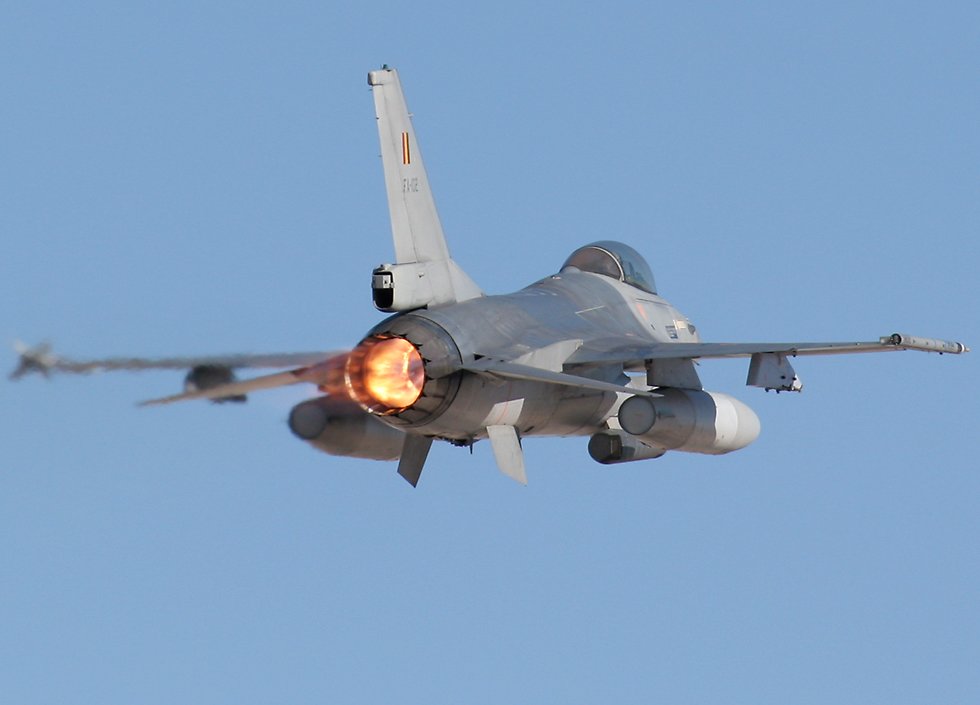 |
|
Returning from a training run, with another recent US air force acquisition in the background, a CV-22 Osprey, which did a very good display during the airshow. If you look behind the Osprey you can see the Nellis motto "Home of the Fighter Pilot" on a hangar wall. Unlike the Tornado and some other military aircraft, the F-16 doesn't have a thrust reverser, and nor does it have a parachute like the F-117 Nighthawk, so pilots rely on "aerodynamic braking" to slow down, keeping the nose of the aircraft high for as long as possible in order to induce drag from the wings and body. |
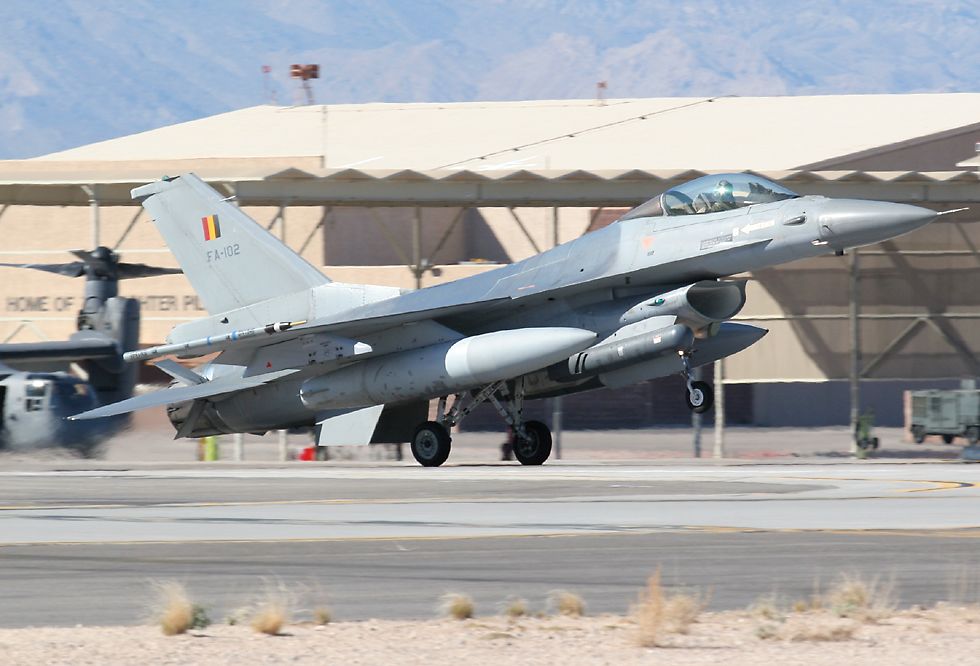 |
|
The GIB ("guy in back") of this Belgian two-seater takes the time to wave to me, quite a common occurrence when a long lens is being pointed at an aircraft. |
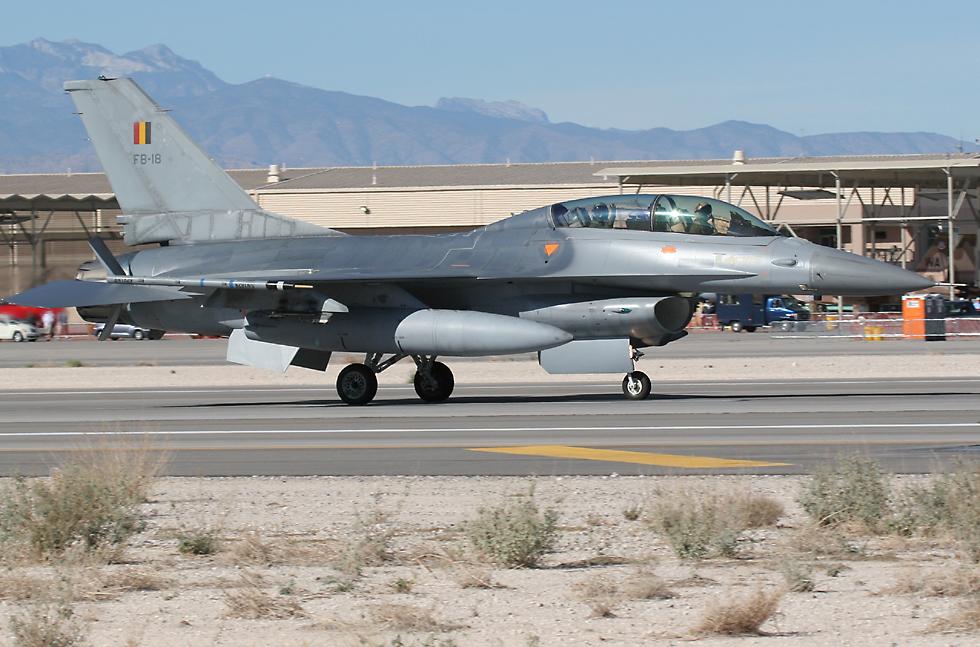 |
|
The Mustang was even more successful than the Corsair, it served with the air forces of far more countries and stayed in service much longer. |
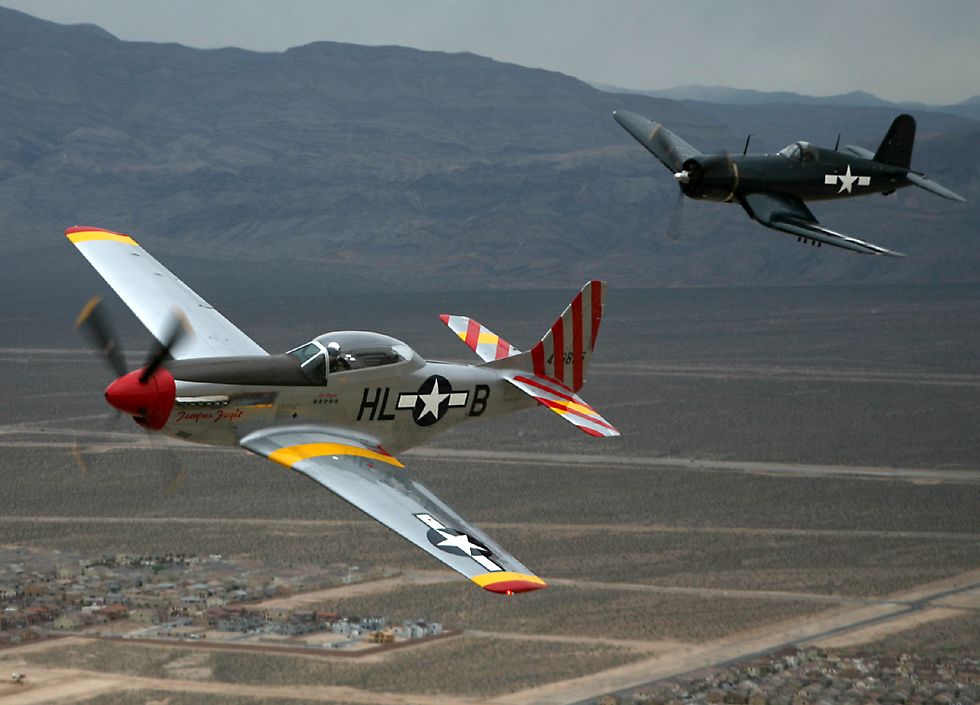 |
|
Back on the ground again, with Eddie Kurdziel's Firefly and Ellsworth Getchell's Sea Fury, two British naval fighters which put on a very impressive display during the show. |
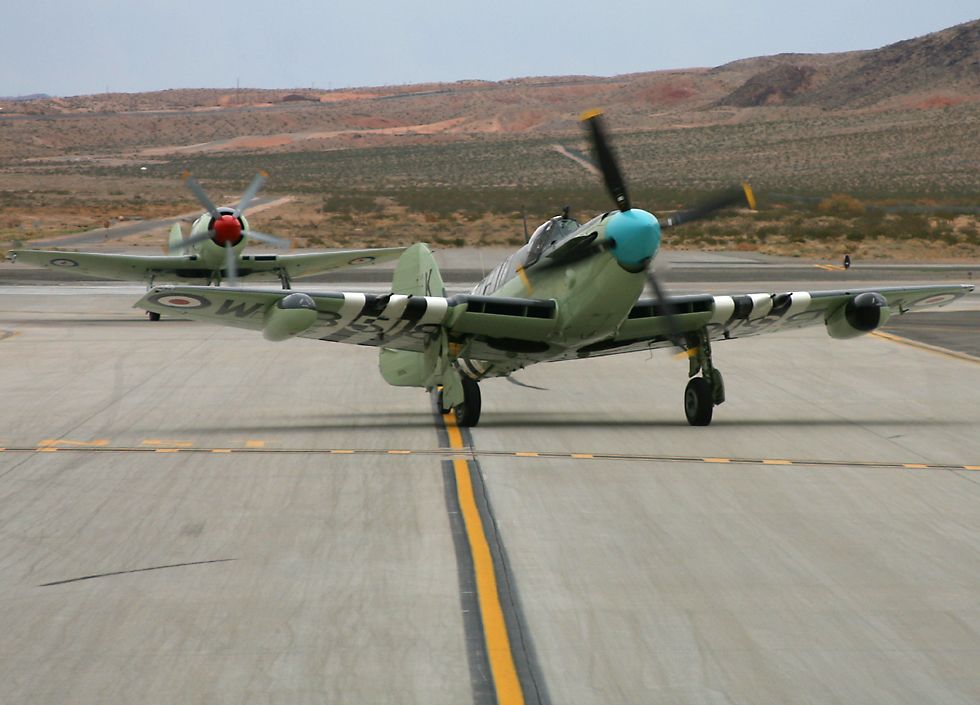 |
|
The light was rapidly fading, but the Kfir pilot also obliged us by going around and performing a pass before heading for home. |
 |
